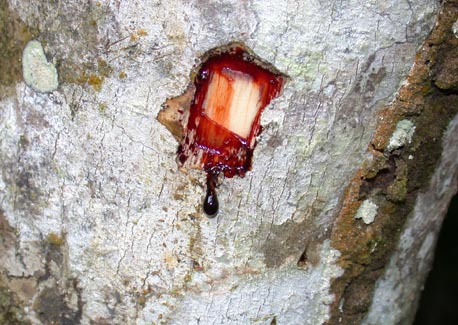Description
OrderFood Supplement
Dragon’s blood is a pure liquid latex that flows from the Croton lechleri, a tree native to Peru. The tree secretes the sap for protection and to heal wounds. Dragon´s blood has a wide range of applications.
Internal use: More information on the effects of this plant can be found in available publications.
Topical use: Its analgesic, antibiotic, and antivirotic properties have a beneficial effect on various types of injury and infection. It may be applied to the oral cavity during tonsillitis, toothaches, or mouth ulcers and used topically on minor skin abrasions and insect stings. Promotes healing.
Dosage and use: 4 sprays into mouth 4 times per day
Contains: 100% Croton lechleri latex
Warning: This food supplement is not a substitute for balanced nutrition. Do not exceed the recommended daily dose. Keep out of the reach of children.
Storage: Keep in a dry, dark place below 25 °C.
Volume: 20 ml


